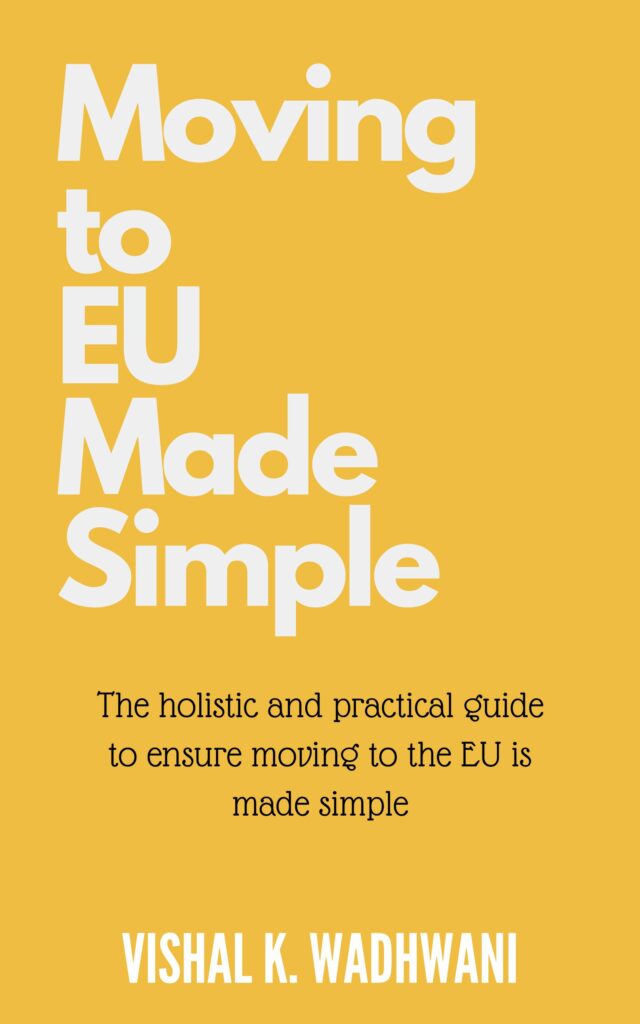Navigating the world of visas can be a complex task, especially when planning to move or travel to Europe. Understanding the differences between a work visa, student visa, and digital nomad visa is crucial for anyone looking to live and work abroad. Let’s delve into the specifics of each type of visa and discover which one suits your needs best! 🌍
## Work Visa 🛠️
A work visa is designed for individuals who have secured employment with a company in Europe. This type of visa allows you to live and work in a specific country while being employed by a local company. The requirements for obtaining a work visa can vary significantly from one country to another, but generally, you will need a job offer and sometimes a sponsorship from your employer. This visa is ideal for professionals looking to advance their career in a new environment.
### Key Points:
– **Job Offer Needed:** A confirmed job offer from a European company is typically required.
– **Employer Sponsorship:** Some countries require the employer to sponsor the visa.
– **Duration:** Often tied to the length of your employment contract.
## Student Visa 🎓
The student visa is perfect for those planning to pursue their education in Europe. Whether you’re enrolling in a university, participating in a study exchange program, or attending a language course, a student visa will grant you the right to stay in the country for the duration of your studies. Requirements usually include proof of enrollment, sufficient financial means, and sometimes language proficiency.
### Key Points:
– **Proof of Enrollment:** You must be accepted into a recognized educational institution.
– **Financial Means:** Demonstrating the ability to support yourself financially is often necessary.
– **Duration:** Typically valid for the length of your study program.
## Digital Nomad Visa 💻
The digital nomad visa is a relatively new concept that caters to remote workers who wish to live in a European country while working for a company located elsewhere. This visa recognizes the changing landscape of work and provides freelancers, entrepreneurs, and remote employees the opportunity to experience life in Europe without changing their employment status.
### Key Points:
– **Remote Work:** Must be employed by a non-European company or be self-employed.
– **Flexibility:** Offers the freedom to live in multiple countries within Europe, depending on the visa’s terms.
– **Duration:** Varies by country, often ranging from a few months to a year.
## Conclusion
Choosing the right visa depends on your personal goals and employment status. A work visa is ideal for those with a job offer in Europe, a student visa supports educational pursuits, and a digital nomad visa is perfect for remote workers looking for a European adventure. Each visa has its unique benefits and requirements, so make sure to choose wisely to suit your aspirations. ✈️

Comments are closed